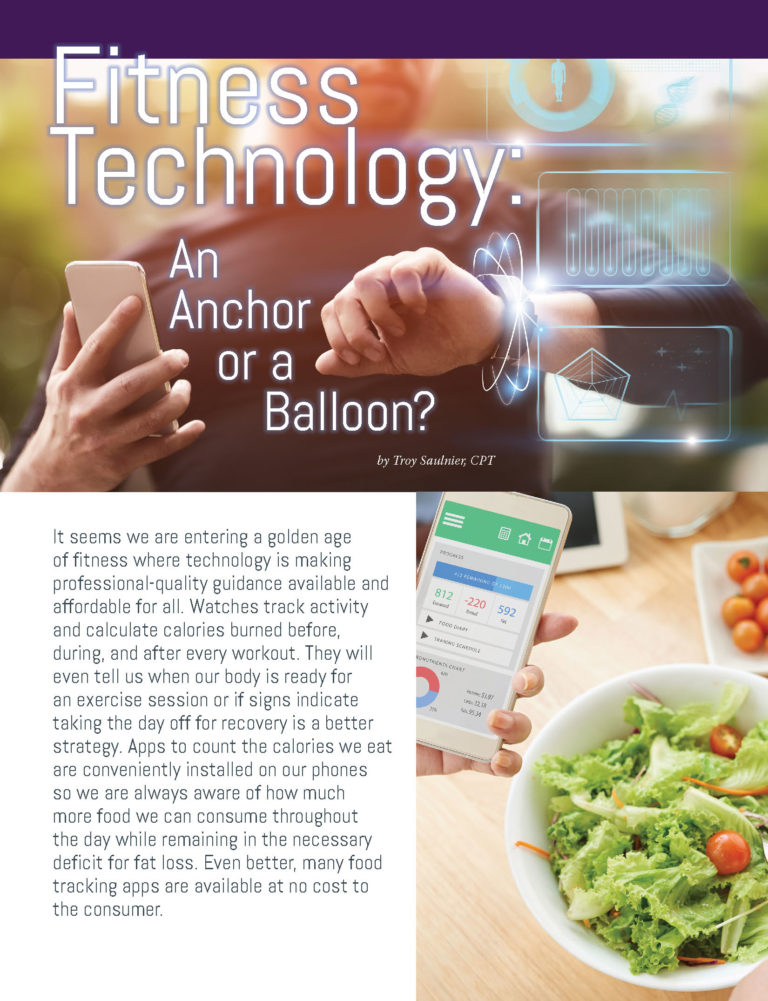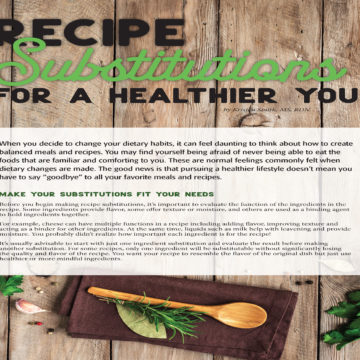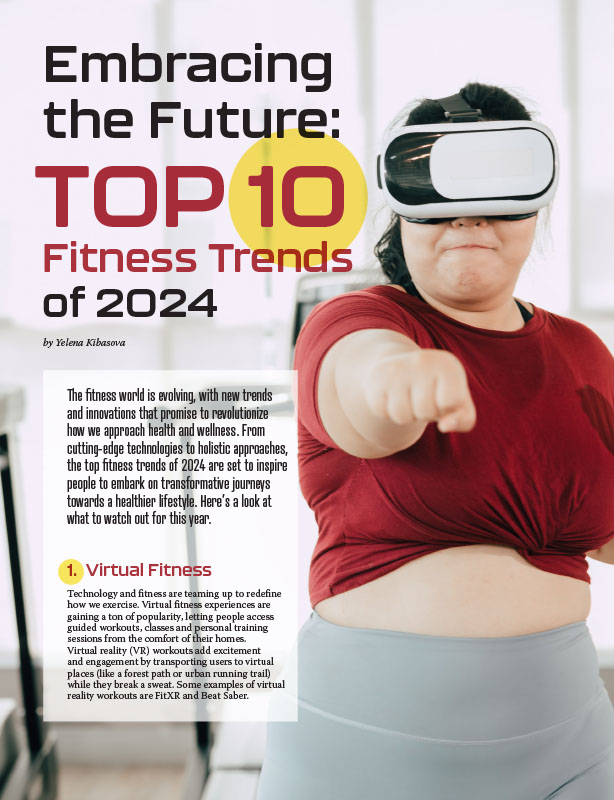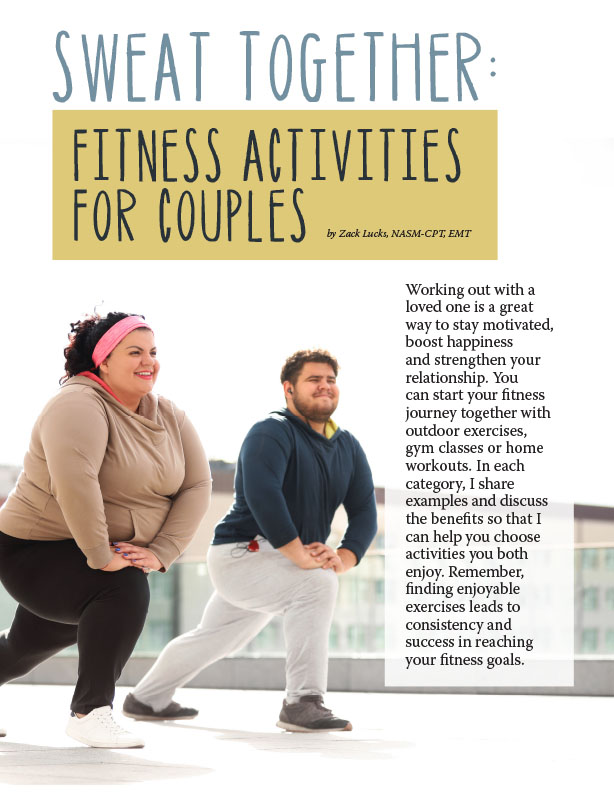Fitness Technology: An Anchor or a Balloon?


by Troy Saulnier, CPT
Winter 2022
It seems we are entering a golden age of fitness where technology is making professional-quality guidance available and affordable for all. Watches track activity and calculate calories burned before, during, and after every workout. They will even tell us when our body is ready for an exercise session or if signs indicate taking the day off for recovery is a better strategy. Apps to count the calories we eat are conveniently installed on our phones so we are always aware of how much more food we can consume throughout the day while remaining in the necessary deficit for fat loss. Even better, many food tracking apps are available at no cost to the consumer.
Calories-In and Calories-Out (CICO)
The new readily available technology provides data to help us choose the correct direction to make progress toward our fitness goals. However, there are opportunities for these tools to move us away from being healthy even while getting us closer to the “idea” of health we hope to achieve. While apps and devices can be helpful tools for achieving fitness goals, they should be used carefully and viewed with caution.
Technology provides us with assistance in counting and tracking the calories we consume and use throughout the day can be helpful in achieving the goal of losing weight. Calories-In, Calories-Out (CICO) is the single most important factor in losing fat; however, we recognize that there are many factors that impact someone’s ability to lose body fat. Knowing how many calories we ingest and burn enables us to set minimum goals for activity and maximum goals for food intake each day. We must remember the tools provide only estimates of CICO. Even if a fitness watch monitors heart rate and steps, it can only estimate how many calories are burned throughout a given period of time. Other factors can play a role in determining the rate calories are expended such as:
- Muscle mass
- Fat mass
- Temperature
- Stress
- Hydration
- Genetics
Therefore, we don’t want to exercise to the point of passing out because our watch says we must burn another two-hundred calories before midnight. It is not reasonable for us to expect a watch on our wrist to account for all these factors and then spit out an accurate measure of calories-out.
The way that apps track our calories-in is also concerning as well. While standardized and universally accepted values for foods are used in developing tracking apps, there are always variations from food sample to food sample. The next time you are in the grocery store, look at two random packs of the same meat. There are usually not-so-slight differences in the amount of fat in two steaks or even two chicken breasts in the same pack. Fruits, vegetables, and grains grown in different soils and environments can have very different nutrient profiles as well. The amount of calories and nutrients we ingest can be significantly different than what a tracking app estimates for us.
Fitness Technology and Stress
Perhaps the most likely negative aspect of using technology to guide our physical fitness is the possibility we have invited another source of stress to enter our life. The impact of stress on our sleep and hormonal activity is well-documented and none of it is helpful in getting healthier.
If using an app or a device adds another layer of stress and pressure to your life, it is probably working against your goal of achieving a higher level of fitness. Following the commands of a device can cause unnecessary anxiety. If notifications to get up and move are received while in a stressful business meeting, while working furiously to meet a reporting deadline, or changing a diaper, it has created a new problem rather than a useful solution.
Using a calorie-tracking app and seeing we have consumed 90% of our daily fat allowance by the time breakfast is done can make the rest of the day an extremely stressful challenge. This information can help us stay on track or it can ruin our day. If stress created by technological guidance overwhelms our thoughts and feelings, it can lead to unhealthy actions.
Fitness Technology and Disordered Behaviors
Tracking and monitoring can breed obsessive thoughts and disordered behaviors. Working to comply with minimum daily steps or calorie output as determined by a fitness watch can be detrimental or even dangerous if already in a severe energy deficit through dieting.
Obsessively weighing every serving of food to comply with the calorie restrictions prescribed by an app can take the enjoyment out of eating. We can experience all these negative side effects of technology and then still not efficiently move toward our fitness goals due to the inaccuracy of measuring CICO. Of course, a likely outcome of such a situation is to become discouraged and quit even trying.
Setting Limits
Despite the possibility for these negative aspects to arise, technology can be very helpful in moving toward our fitness goals. To get the maximum benefits while minimizing the costs, we can set parameters to ensure we don’t cross over the line into an unhealthy place. We can set limits on how much we will allow electronics to affect our life. We can establish specific times when calorie-tracking apps will be updated and reviewed.
For example, it if helps you, only track breakfast and lunch on the app and then just eat a balanced dinner without feeling the need to track it. Or, when you go out to dinner, just enjoy the meal instead of trying to track it on your app.
We should schedule breaks from using devices and apps at all. It is a good idea to set eight-week goals followed by two-week breaks. During the eight weeks of tracking and monitoring, use technology to stay on the right path.
Then for the following weeks, ignore or even uninstall the apps used frequently. This does not mean you should quit caring about physical fitness. We should still be thoughtful and intentional with exercise and nutrition but take a break from being fully immersed through technology. Then reassess and set new goals for the next period.
Technology Should Help You, Not Hinder You
For some of us, there is just no way to use technology without it creating a new problem or hurdle in our life. We can look at just about anything and categorize it as being helpful or detrimental to us. Keep in mind, fitness is very simple, it’s just not easy. Technology should never make it more complicated. Things can be either anchors or balloons in our life. If an app is making life worse, it is an anchor, drop it. If a device is making life better, it is a balloon, hold on tight and keep flying higher.
Devices and apps can be excellent for assisting us in monitoring progress and working toward goals. If we keep in mind the likelihood of Calories-In, Calories-Out inaccuracies, schedule breaks from intensive tracking, and resolve to drop negative things when they work against our goals, we can use technology to improve our physical fitness.
About the Author:
After retiring from a long career in public service, Troy Saulnier, CPT, is finally getting to live his childhood dream of working in the physical fitness field. He is a certified personal trainer and nutrition coach, and owns an Anytime Fitness franchise in Clearwater, Florida.
by Yelena Kibasova Spring 2024 The fitness world is evolving, with new trends and innovations that promise…
Read Articleby Zack Lucks, NASM-CPT, EMT Winter 2024 Working out with a loved one is a great way…
Read Articleby Nina Crowley, PhD, RD (with Inspiration from Shawn Cochran) Winter 2024 Dating, no matter your age,…
Read Article








